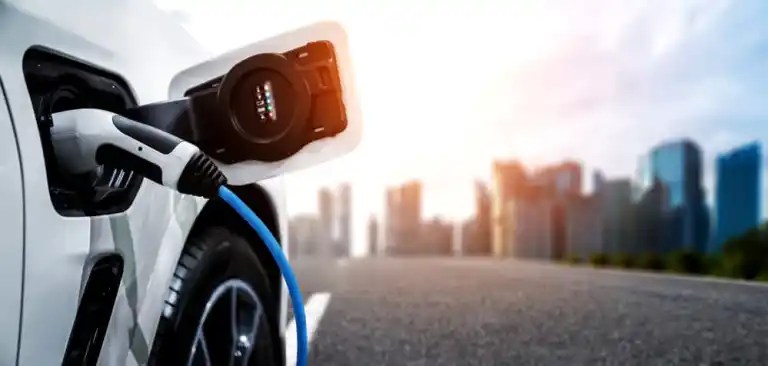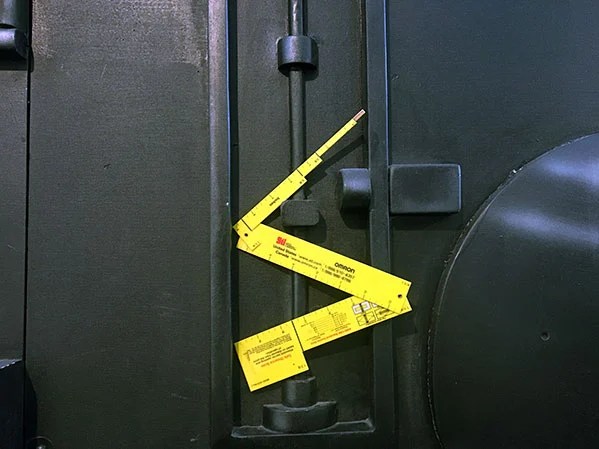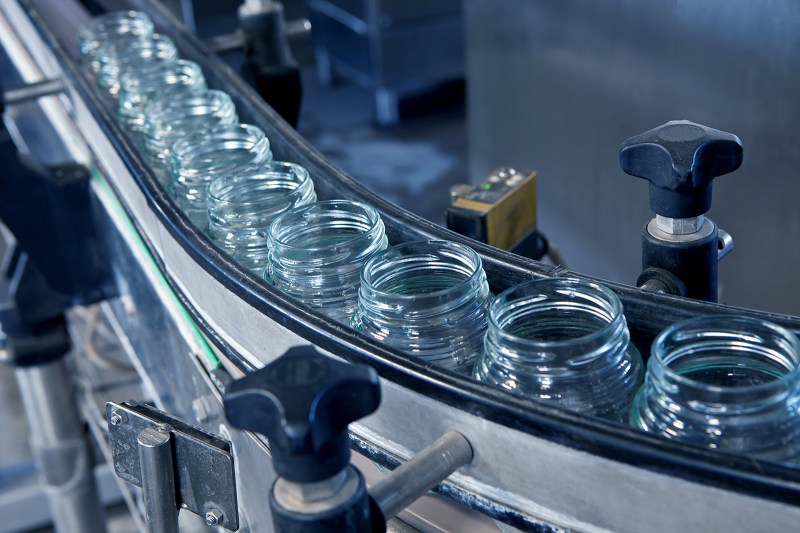Reshoring: Helping U.S. Manufacturing Compete through Enhanced Domestic Production

At Re:Build Optimation, one of our corporate initiatives is to seek out and support clients who are interested in either maintaining or relocating their manufacturing assets to the U.S., rather than sending their product-building work offshore to other, lower-cost labor markets. While this is an admirable goal, sometimes the actual achievement of this desire is a financial challenge. Our customers struggle with how to offset the higher labor cost of our U.S. workers with other cost reductions or avoidance. Re:Build Optimation can offer an approach that is crafted to address this very issue: How to enhance or upgrade a client’s existing manufacturing equipment and methods in a way that increases competitive advantage while creating a cost structure that enables the continued presence of the customer’s business in the U.S. This approach is based on a strategic assessment of what improvements will need to be implemented to create competitiveness, then identifying and leveraging elements of the client’s existing production base, and finally enhancing the performance of the existing line with custom-designed technology upgrades or installation of incremental new machines to deliver needed results.
What Is an Electrolyzer?

Hydrogen, the gaseous material that creates water when it reacts with oxygen, is an abundant resource with applications ranging from fertilizers in the agriculture sector to the power source for electricity-producing fuel cells. As most operations for producing hydrogen aren’t environmentally friendly because they involve burning fossil fuels, those interested in renewable and eco-friendly energy are exploring ways to produce green hydrogen using devices like electrolyzers. So, what is an electrolyzer, and how does an electrolyzer work? An electrolyzer carries out a process known as electrolysis, which utilizes electricity to divide water up into its elements: hydrogen and oxygen. As an effective technique for clean hydrogen production using renewable energy, electrolyzers will have an important part to play in the emerging hydrogen economy.
Solar, Battery, Fuel Cell, Hydrogen and the Future with Re:Build Optimation

In 2024, we’re no longer discussing alternative energy as ‘only’ innovative technologies. Instead, we now look into how we can remove the gap from ideation and conceptualization to execution and implementation. At the forefront of these advancements is Re:Build Optimation, a company dedicated to driving not only innovations, but also implementations in manufacturing technologies that enhance the production processes for batteries, solar panels, and fuel cells. Today we’re uncovering the key elements and exciting advancements of Solar, Battery, Fuel Cell, and Hydrogen and how it’s affecting the future. We’re grateful to get plenty of insights from our interview with industry expert, CEO, and president of Re:Build Optimation, Bill Pollock regarding these topics. We’re uncovering not only the tip of the iceberg, but also opening up the can of worms. Now let’s jump in.
The Pressure Vessel Design and Repair Checklist

The process of requesting a pressure vessel design or repair does not have to be high-pressure. At Re:Build Optimation, our mission is to provide a high-quality pressure vessel tailored to your requirements while ensuring a hassle-free experience for your business. When designing or repairing a pressure vessel, it’s crucial to address a variety of technical and operational considerations to ensure safety, functionality, and compliance with regulations. The Pressure Vessel Checklist is a comprehensive tool designed to guide you through this complex process. This checklist helps you systematically evaluate all necessary aspects of your pressure vessel project, ensuring that you meet both your operational needs and regulatory requirements. After decades of manufacturing pressure vessels for clients, we’ve identified three common starting points for new conversations:
Safety Talks: A Thousand Days Without Lost Time Injury

In 2019, the construction sector reported a staggering 79,660 injuries, shedding light on the pervasive risk of accidents in industrial environments. Additionally, in 2022, there were 2.8 million nonfatal workplace injuries and illnesses, with 1,184,200 of these cases leading to days away from work, according to the Bureau of Labor Statistics. The same year also saw a 5.7% increase in fatal work injuries from the previous year, totaling 5,486 fatalities. Re:Build Optimation has achieved a significant safety milestone by going over a thousand days without a lost time injury. Considering broader statistics on workplace accidents in the United States, Re:Build Optimation’s safety record stands out. This is not a coincidence, and in this blog, we are happy to share how we achieved this milestone and why the right mindset matters. Here’s our first rule. Safety goes above and beyond compliance.
Modular Thinking to Solve Complex Processing Challenges and Scale-Up Manufacturing

One message that has resounded over the last few years is that everything changes – and production environments are no different. In a world where “change is the only constant,” how do teams – or rather, how should teams – approach enhancing or scaling their manufacturing processes? Skid-based systems are one such solution that are highly sought after due to their modular nature. Their scalability, versatility, and cost-effectiveness have made them attractive solutions across nearly every industry – from food to pharma to chemical to industrial products. For decades, Re:Build Optimation has helped customers design, build, and deploy custom skid-based systems and modular workstations that not only solve the customer’s process challenges but provide a long-term cost-benefit as well.
The Basics of Piping Design

Re:Build Optimation Technology provides expert design and engineering consulting services to optimize our clients’ processes and address their complex equipment issues. We will work closely with you from concept through implementation to thoroughly understand your needs and turn your designs into reality. As part of our capabilities, we offer quality piping design services to ensure safe and efficient facilities for our customers.
Is the Future of EVs Lithium Batteries or Hydrogen Powered Fuel Cells?

There is a big push by many to make the days of the internal combustion engine-based vehicles limited. In part this is driven by the marketplace, but the primary driver is government subsidies, tax credits and mandates. When it’s finally gone what type of electric vehicle will take its place?
Tips & Tricks: the Gotcha Stick and Machine Guarding Safety

Getting employees to follow the rules, even rules that keep them safe, is difficult. For some segments of the population is seems impossible. Everyone knows, for example, that talking on a cell phone while driving is dangerous, and against the law in most states. But a large percentage of the population continue to talk on a handheld phone while driving anyway. This is even more true of texting and driving. And accidents and deaths continue.
The Pasta Process: Mass Manufacturing in Food and Beverages

If you’ve ever visited Rochester, NY – the home of Re:Build Optimation – you likely know that some of the best Italian Food outside of New York City is found right here. From Mr. Dominic’s to Antoinetta’s for a business lunch, or to Ronconne’s and The Northside Inn, Rochesterians know what good pasta is because we have it often. Even then, the best pasta is often the one placed under the 3-day stewed red sauce (gravy if you’re really old school) made by your spouse with love and great care. Ironically, what’s under that sauce is likely store-bought pasta that was mass manufactured. And, since we’re all about manufacturing, we totally have to talk about it!
